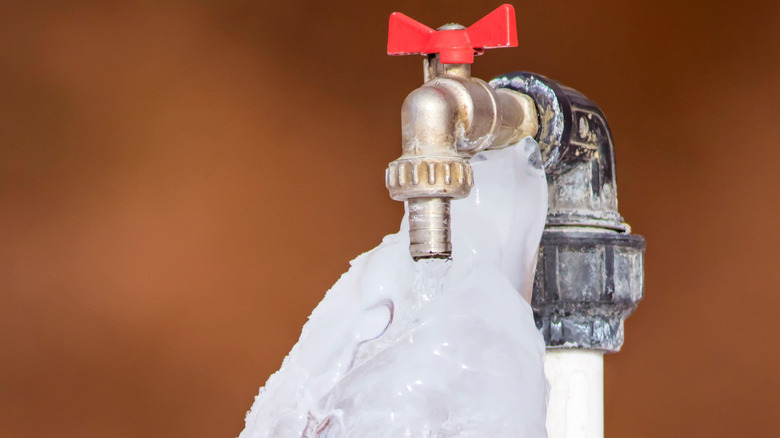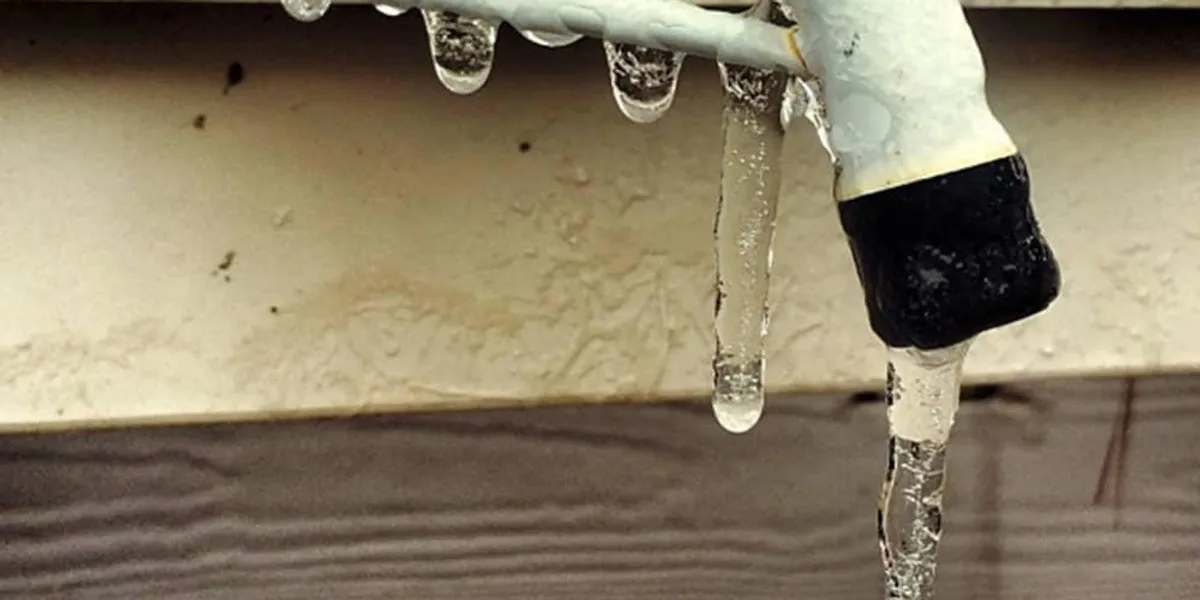Protecting Against Frozen Plumbing in Cold Weather: Key Tips
Protecting Against Frozen Plumbing in Cold Weather: Key Tips
Blog Article
What are your beliefs on Prevent Frozen Pipes ?

Cold weather can wreak havoc on your plumbing, specifically by freezing pipes. Right here's exactly how to prevent it from occurring and what to do if it does.
Introduction
As temperatures decline, the threat of frozen pipelines rises, potentially leading to expensive fixings and water damage. Comprehending how to avoid frozen pipes is important for home owners in cold environments.
Prevention Tips
Protecting susceptible pipes
Cover pipes in insulation sleeves or use heat tape to protect them from freezing temperature levels. Concentrate on pipes in unheated or exterior locations of the home.
Home heating techniques
Maintain interior spaces appropriately heated up, especially areas with plumbing. Open up cabinet doors to enable cozy air to distribute around pipes under sinks.
Exactly how to identify icy pipes
Look for reduced water circulation from faucets, unusual odors or noises from pipes, and noticeable frost on revealed pipelines.
Long-Term Solutions
Architectural changes
Consider rerouting pipelines far from outside walls or unheated locations. Include added insulation to attic rooms, basements, and crawl spaces.
Upgrading insulation
Invest in high-grade insulation for pipes, attic rooms, and wall surfaces. Correct insulation assists maintain consistent temperature levels and lowers the threat of frozen pipelines.
Shielding Outside Plumbing
Yard pipes and outside faucets
Separate and drain yard hose pipes prior to winter months. Set up frost-proof faucets or cover outdoor taps with insulated caps.
Recognizing Frozen Pipelines
What causes pipes to ice up?
Pipes freeze when revealed to temperatures listed below 32 ° F (0 ° C) for extended periods. As water inside the pipelines ices up, it broadens, putting pressure on the pipeline wall surfaces and potentially triggering them to break.
Threats and damages
Frozen pipelines can result in supply of water disruptions, building damage, and costly fixings. Ruptured pipes can flooding homes and trigger substantial architectural damages.
Indications of Frozen Pipes
Determining frozen pipelines early can avoid them from bursting.
What to Do If Your Pipelines Freeze
Immediate activities to take
If you think frozen pipes, maintain faucets open to alleviate pressure as the ice thaws. Utilize a hairdryer or towels soaked in warm water to thaw pipelines slowly.
Verdict
Avoiding icy pipes calls for aggressive steps and fast responses. By understanding the reasons, signs, and safety nets, property owners can shield their plumbing during winter.
5 Ways to Prevent Frozen Pipes
Drain Outdoor Faucets and Disconnect Hoses
First, close the shut-off valve that controls the flow of water in the pipe to your outdoor faucet. Then, head outside to disconnect and drain your hose and open the outdoor faucet to allow the water to completely drain out of the line. Turn off the faucet when done. Finally, head back to the shut-off valve and drain the remaining water inside the pipe into a bucket or container. Additionally, if you have a home irrigation system, you should consider hiring an expert to clear the system of water each year.
Insulate Pipes
One of the best and most cost-effective methods for preventing frozen water pipes is to wrap your pipes with insulation. This is especially important for areas in your home that aren’t exposed to heat, such as an attic. We suggest using foam sleeves, which can typically be found at your local hardware store.
Keep Heat Running at 65
Your pipes are located inside your walls, and the temperature there is much colder than the rest of the house. To prevent your pipes from freezing, The Insurance Information Institute suggests that you keep your home heated to at least 65 degrees, even when traveling. You may want to invest in smart devices that can keep an eye on the temperature in your home while you’re away.
Leave Water Dripping
Moving water — even a small trickle — can prevent ice from forming inside your pipes. When freezing temps are imminent, start a drip of water from all faucets that serve exposed pipes. Leaving a few faucets running will also help relieve pressure inside the pipes and help prevent a rupture if the water inside freezes.
Open Cupboard Doors
Warm your kitchen and bathroom pipes by opening cupboards and vanities. You should also leave your interior doors ajar to help warm air circulate evenly throughout your home.

I'm just very interested by 6 Ways to Prevent Frozen Pipes and I'm hoping you liked the new entry. Loved our write-up? Please share it. Help other people locate it. Thank-you for going through it.
Schedule Estimate Report this page